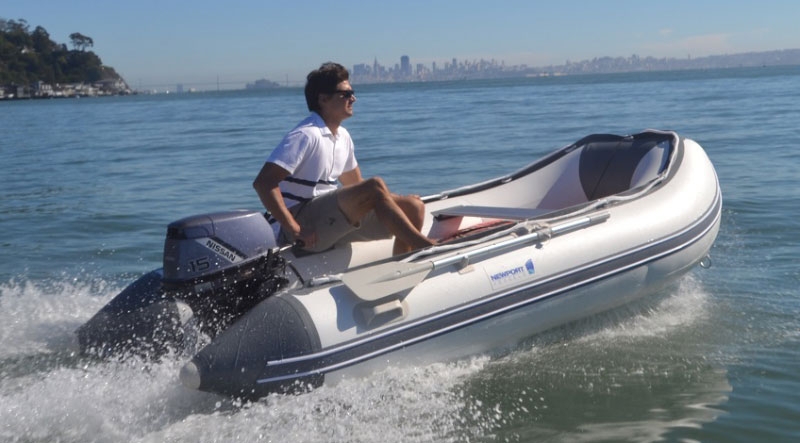Views: 103 Author: Site Editor Publish Time: 2019-06-27 Origin: Site
An outboard motor is a propulsion system for boats, consisting of a self-contained unit that includes engine, gearbox and propeller or jet drive, designed to be affixed to the outside of the transom. They are the most common motorized method of propelling small watercraft. As well as providing propulsion, outboards provide steering control, as they are designed to pivot over their mountings and thus control the direction of thrust. The skeg also acts as a rudder when the engine is not running. Unlike inboard motors, outboard motors can be easily removed for storage or repairs.
As an offshore small-vehicle propeller, here are some factors we need to pay attention to in the process of use.

The new engine is in an unused state due to the cylinder and oil circuit. It has no internal fuel, so it is difficult to start. It needs to be tried several times. When the machine starts, adjust the damper in an appropriate amount. The damper has three gear positions and the right amount is pulled out two sections.
A red "blackout switch" that needs to be inserted into the cover of the machine, keeps the flame-out switch closed, and the other end is fixed on the wrist. The role is that when the driver accidentally drops water from the moving ship, the drawstring can immediately shut down the engine so that the vessel does not drive away from the drowning.
When the machine is running, the spout should always keep spraying water. If it is found that the sprinkler does not spray water, please stop the machine immediately and do not continue driving. This situation is caused by the neutral speed of the engine to accelerate the high speed rotation! Please take care to avoid high speed engine rotation. Since the water inlet hole is relatively small, there is also a blockage of debris in the river. Please check it in time.
Some crew members said that sometimes the reverse gear will become the forward gear. This problem is mainly caused by the fact that the "return spring" did not rebound in time when shifting. The main reason is that the gear shifts directly to the reverse gear when the high speed forward gear is used. The neutral gear stays slightly in the shift to the reverse gear.

The external fuel tank is used after the switch of the built-in mailbox is closed, otherwise the oil and part of the air in the external fuel tank will enter the built-in fuel tank when pulled. In addition, before using the external fuel tank, it is necessary to pinch the pre-supply handle oil on the oil pipe so that the machine can be easily started.
You need to disable the emergency kill switch. Get to the back of the switch panel, and look at the wires. You're looking for the black one with a yellow stripe. Disconnect it, and try the key again—there’s a good shot the engine will fire right up.
While flushing the motor, check the water pump to make sure it has good water flow. The stream of water exiting the motor should be warm, but not hot. If the output is not strong, you may have some debris stuck in the outflow tube. Immediately shut down the engine to prevent overheating and damage.
Make sure they are properly seated and don't leak. Obviously, fuel leaks in a tight, hot engine compartment are incredibly dangerous. You must pay close attention to fuel lines, which can corrode over time.
Boat motors are especially sensitive to grime and the impurities in fuels. As fuels age, they begin to break into their component parts and become unusable. At the conclusion of a boating season, it is imperative that you empty your fuel tanks and lines.
Take them to the nearest recycling depot for proper disposal.
Check regularly for water in the fuel. Water in an engine can dramatically decrease engine performance and damage certain components (such as spark plugs).

Take the engine cowling off and check for fuel or water leaks.
There should be no water or other liquids moving freely about the engine compartment. If you find leaks, consult a boating mechanic
Disconnect the fuel line if the boat is going to be stored for an extended period of time. You should allow the engine to burn the small amount of fuel that is in the carburetor. Old fuel can gum up an engine, and the best way to keep the motor running at a high level is to burn off all fuel remaining in the mechanism.